The growth of algae blooms in Cochnewagon Lake in recent years has prompted the Monmouth selectboard to support a project that would see aluminum compounds dumped into the lake, a water treatment method that proved successful when it was first used there in 1986.
Algae blooms have been forming in Cochnewagon Lake with increasing frequency in the last decade, particularly in late summer and early fall, and supporters of the new treatment say it would improve water quality for many years to come.
In the budget heading to Monmouth voters on June 14, the selectboard has recommended setting aside $58,333, which is one-third of the $175,000 the town would eventually have to raise for the proposed project. The Cobbossee Watershed District has been planning the project and will also apply for a federal matching grant of $175,000 for the work.
Algae can grow in lakes when runoff from development, agriculture and other human activities gets into the water in a process known as non-point source pollution. That pollution introduced phosphorus, nitrogen and other nutrients into the water, spurring algae growth.
Algae can harm the lake’s fish, insects and other life forms by removing the dissolved oxygen that they rely on. It can also lead to bad smells and murky lake water, reducing property values and making beaches and boating less enjoyable.
The improvements that are needed on Cochnewagon Lake and other bodies of water around southwestern Kennebec County came up last week at the annual budget and informational meeting of the Cobbossee Watershed District.
The district was formed by the state Legislature in 1973 to protect the ponds, lakes and other bodies of water that flow into Cobbossee Stream and, by extension, the Kennebec River. Most of its funding comes from annual payments by the towns of Litchfield, Manchester, Monmouth, Readfield, Richmond, Wayne, Winthrop and Gardiner.
The district approved a $305,826 budget at the meeting May 24, up 17.8 percent from the current year’s budget.
In Monmouth, the group has worked to stabilize the shoreline around Cochnewagon Lake by preventing erosion and runoff from lakeside properties. That has reduced the number of nutrients entering the lake, according to Wendy Dennis, a limnologist, or lake scientist, who works for the district.
Before 1986, the district noticed that phosphorus levels had been increasing and algae was forming more frequently in the late summer and early fall, Dennis said. So the district treated the lake with aluminum compounds, which neutralized the phosphorus and limited algae growth for the next 20 years.
But the treatment does not last forever, and beginning in the 2000s, the lake water quality again started to deteriorate, Dennis said. Now, she says another treatment of aluminum compounds is needed to restore the lake to cleanliness.
Because Cochnewagon Lake hasn’t met a number of state water quality standards, the Maine Department of Environmental Protection now includes it on a watch list of impaired lakes around the state. Of the 21 lakes that were on that list in January, other local ones included Annabessacook Lake in Winthrop, China Lake in China, Togus Pond in Augusta and Great Pond in Belgrade and Rome.
The work proposed by the Cobbossee Watershed District would cost an estimated $350,000. It has asked Monmouth taxpayers to cover half of the project costs and will apply for a grant from the U.S. Environmental Protection Agency for the other half.
The first step of the project is on June 14, when Monmouth voters will be asked to raise the first $58,333 installment. If all the funding can be raised, officials estimate the project could begin in 2019.
The selectboard has supported the project, according to Town Manager Curtis Lunt, because so much of the town’s tax base relies on that 394-acre body of water, which is 28 feet deep at its deepest.
“The selectmen’s interest is primarily economic,” Lunt said. “Our economy depends to a great deal on our property values on the lake. That’s millions of dollars of property value that could be affected if the (algae) bloom continues every year. It can kill fish and affect property values.”
The town tries to support the lake as much as it can, Lunt said, by paying dues to the watershed and supporting efforts to prevent the spread of the invasive species known as milfoil among other things.
In 1994, a study of Maine’s lakes, including several in Kennebec County, suggested that lower water quality can indeed lead to lower lakeside property values.
Another supporter of the project is Timothy Jackson, CEO of the local ice fishing outfitter Jack Traps. The last time Cochnewagon Lake was treated with aluminum compounds in 1986, Jackson noticed a considerable improvement in both the lake water quality and the fishery.
The lake currently boasts some of the largest white perch in the state, as well as populations of smelt and brook and brown trout, according to Shaun Norton, a manager of the business.
But the business has “noticed a pretty significant decrease in water quality and big algae blooms just this year,” Norton said.
Those algae blooms can in turn remove the oxygen from the water that those fish rely on, Norton pointed out, “and if the fishery declines, people won’t have reasons to come here. People won’t come here to catch that big, brown trout.”
“We hundred percent support it,” Norton said of the proposed lake treatment. “If it’s not taken care of, you’ll just see further decline.”
Dennis points to a few other reasons residents should consider supporting the treatment of Cochnewagon Lake. The town has a public waterfront, she said, so people who swim or fish are affected by the growth of algae. And Cochnewagon Lake flows into Annabessacook Lake, which has its own water quality issues, so the proposed project would help neighboring towns.
“This is a way to help two lakes at once,” Dennis said.
Charles Eichacker — 621-5642
Twitter: @ceichacker
Copy the Story LinkSend questions/comments to the editors.


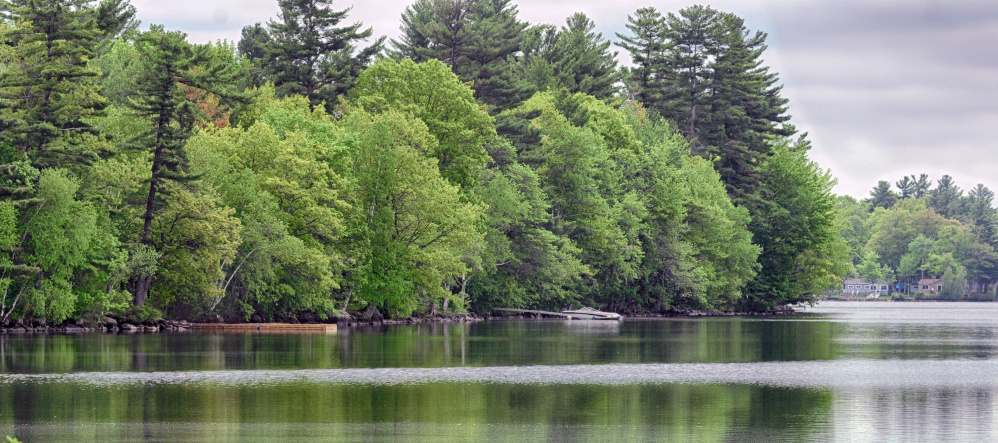
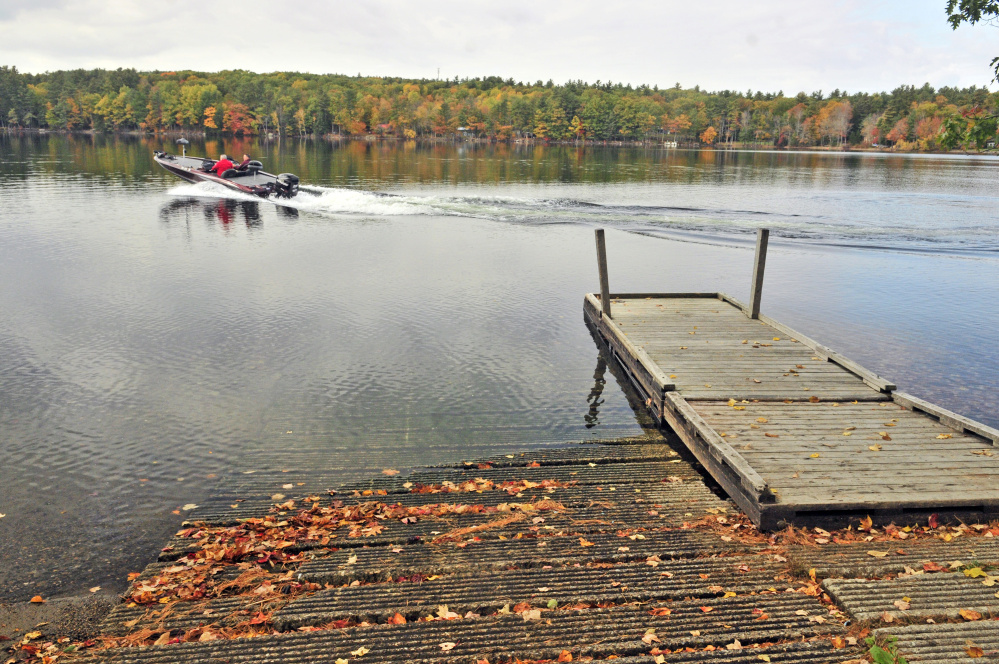
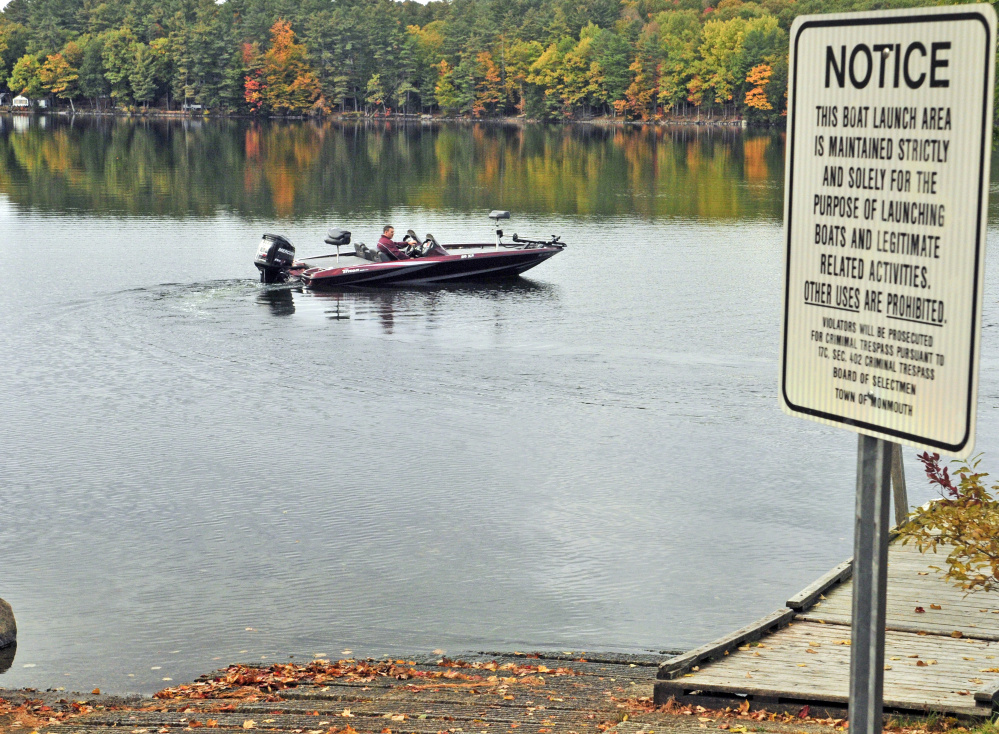
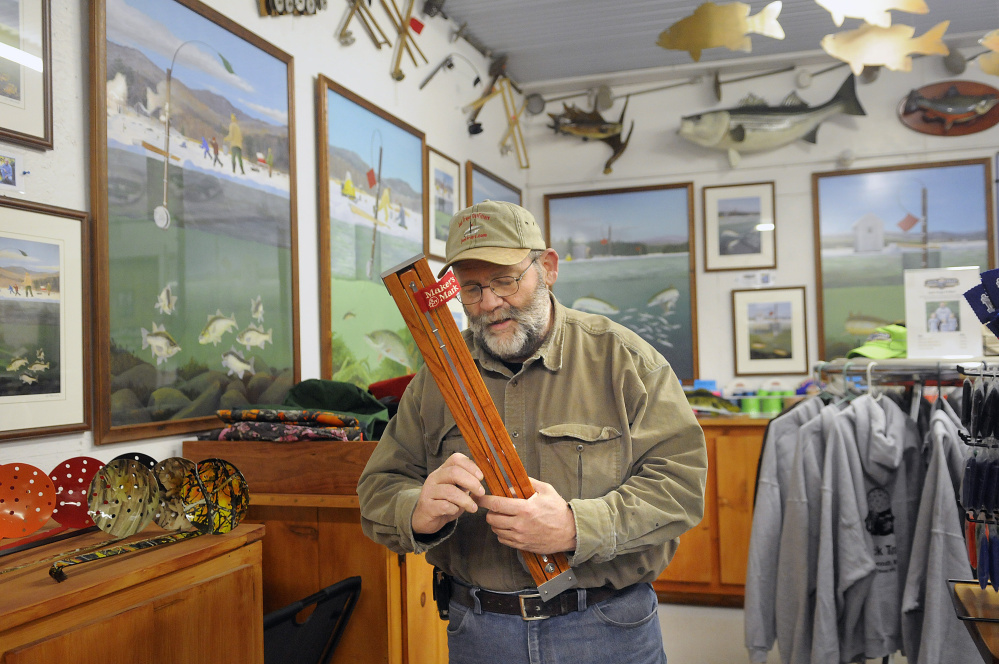
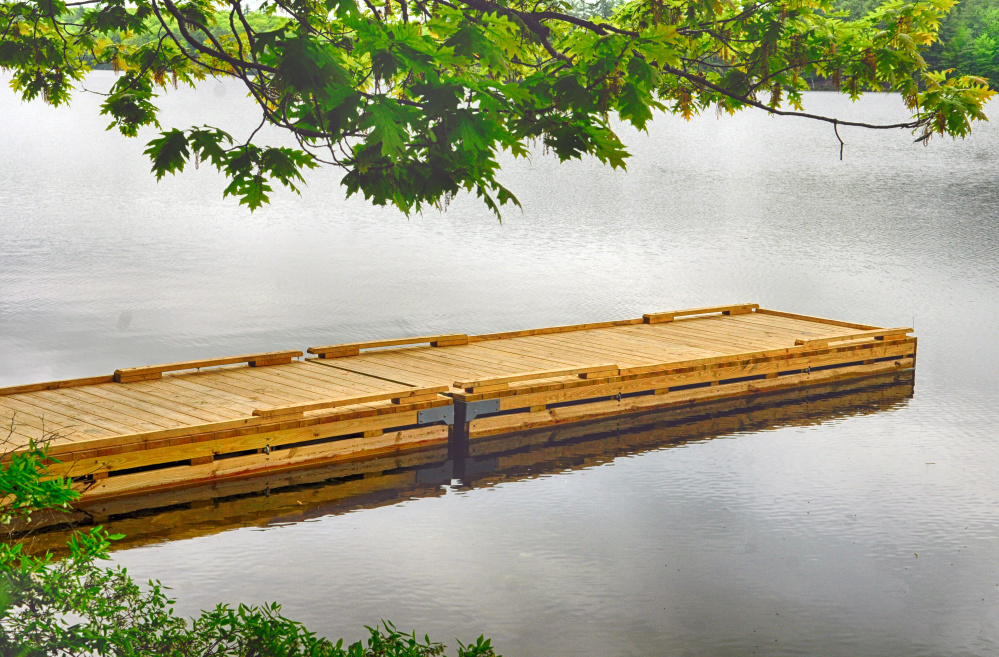
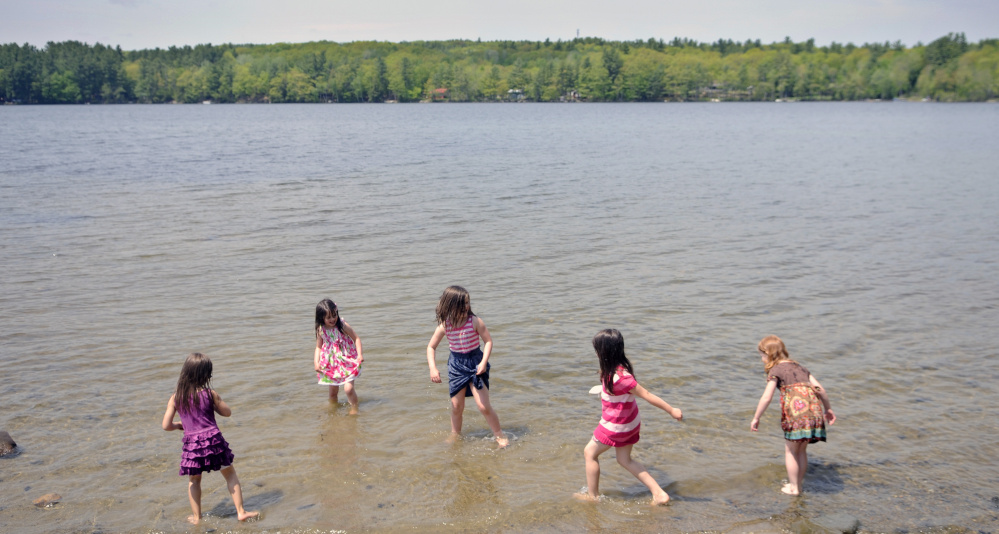
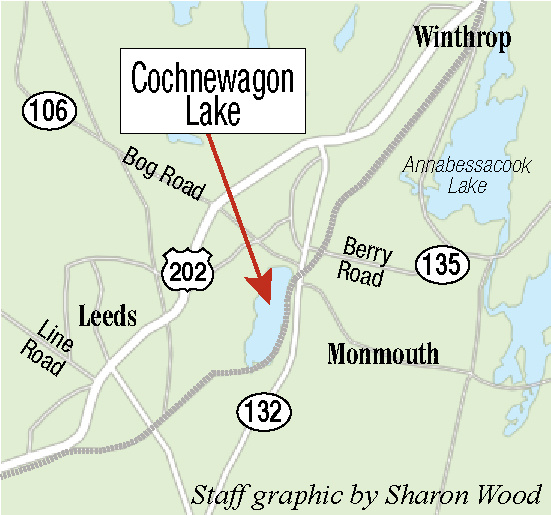

Success. Please wait for the page to reload. If the page does not reload within 5 seconds, please refresh the page.
Enter your email and password to access comments.
Hi, to comment on stories you must . This profile is in addition to your subscription and website login.
Already have a commenting profile? .
Invalid username/password.
Please check your email to confirm and complete your registration.
Only subscribers are eligible to post comments. Please subscribe or login first for digital access. Here’s why.
Use the form below to reset your password. When you've submitted your account email, we will send an email with a reset code.